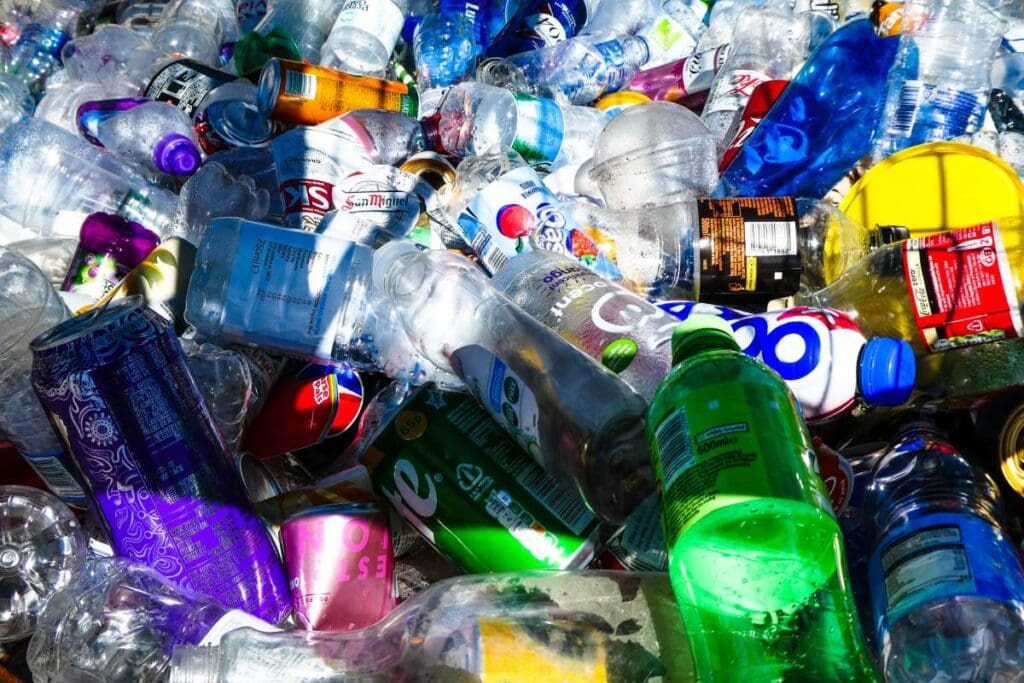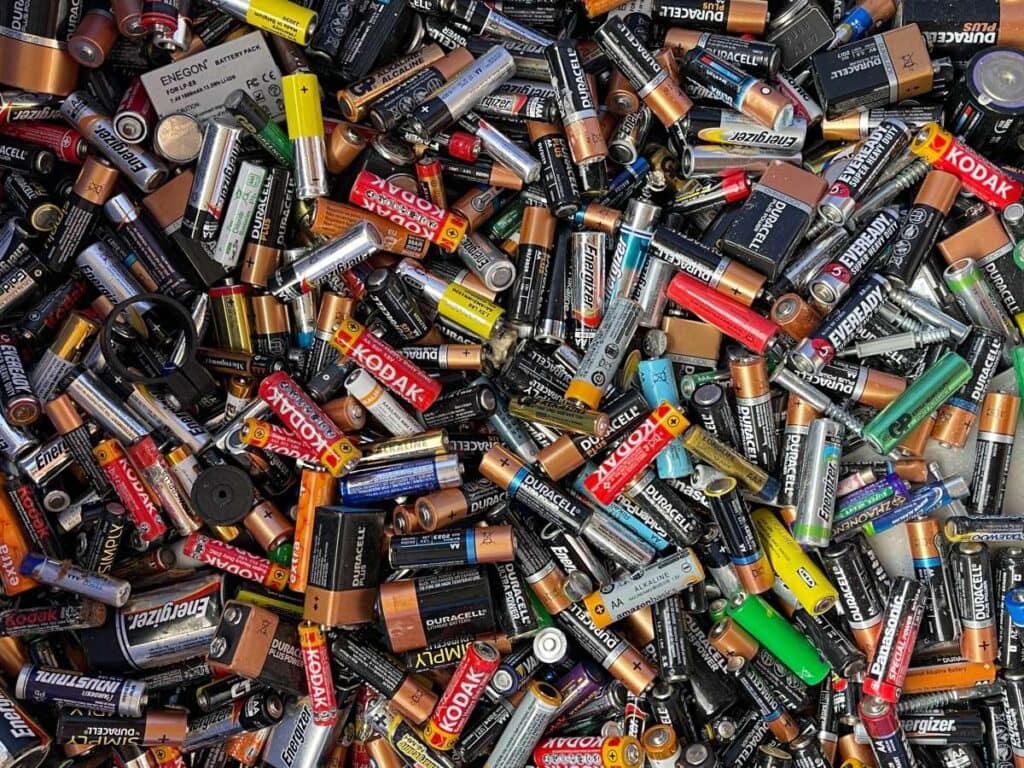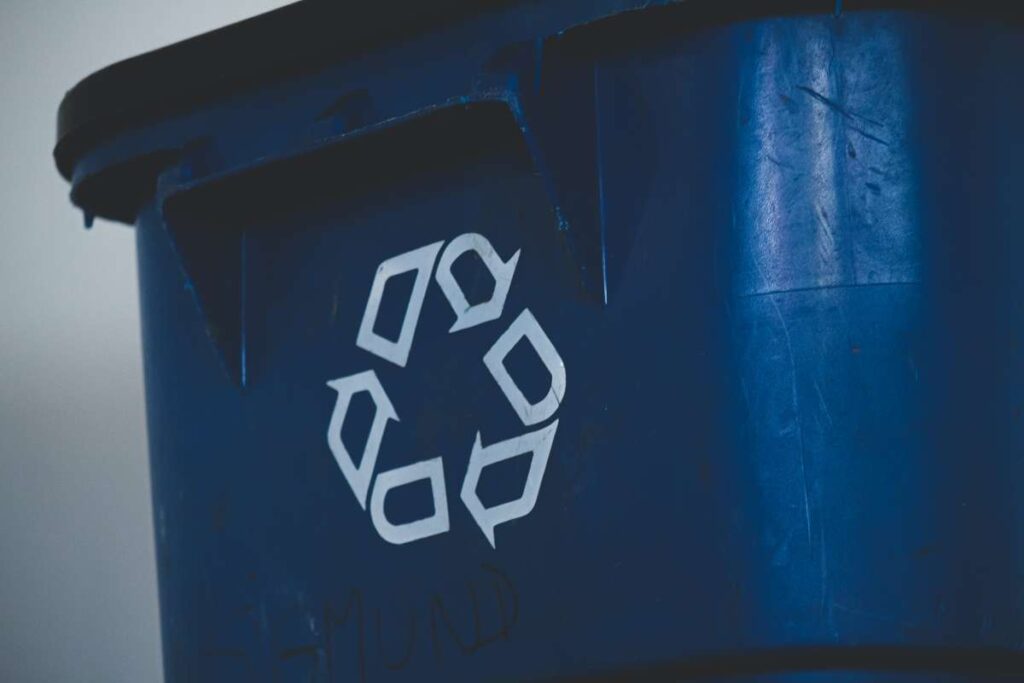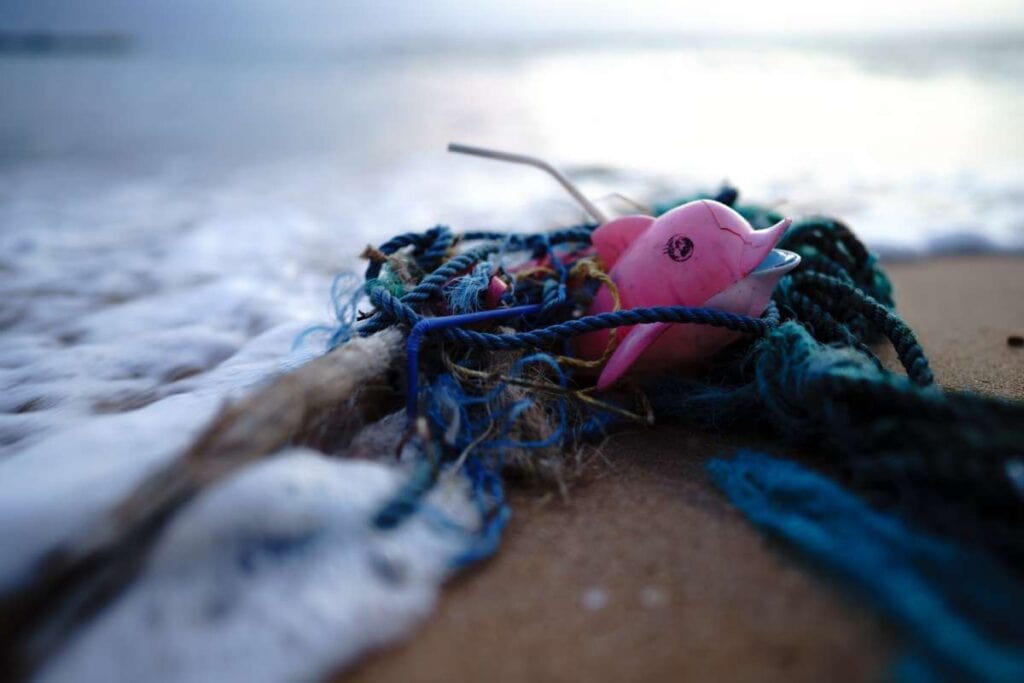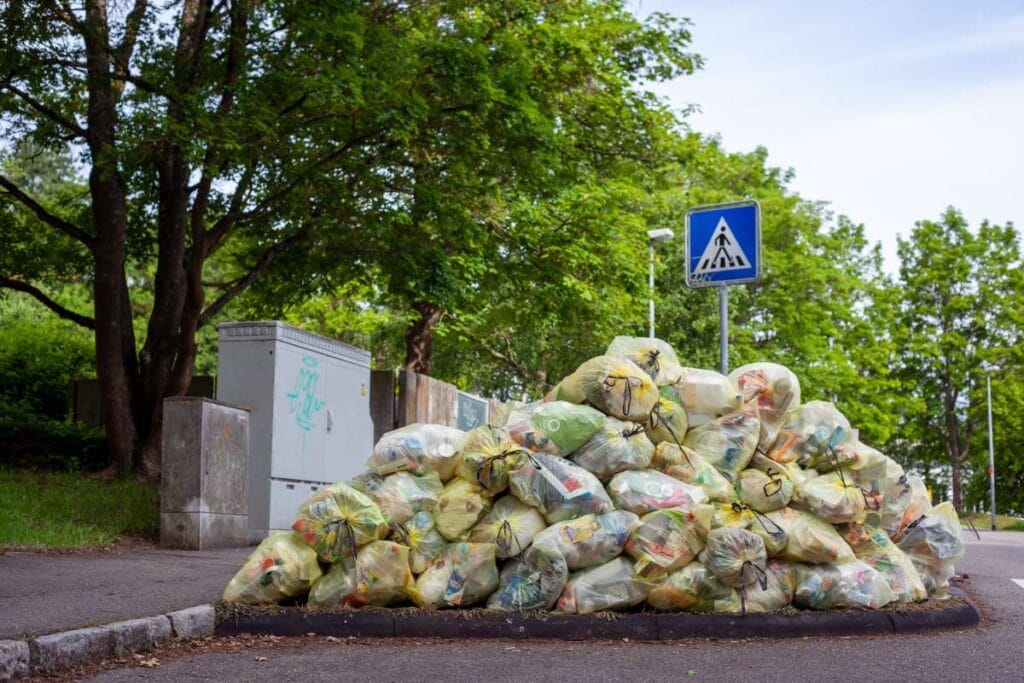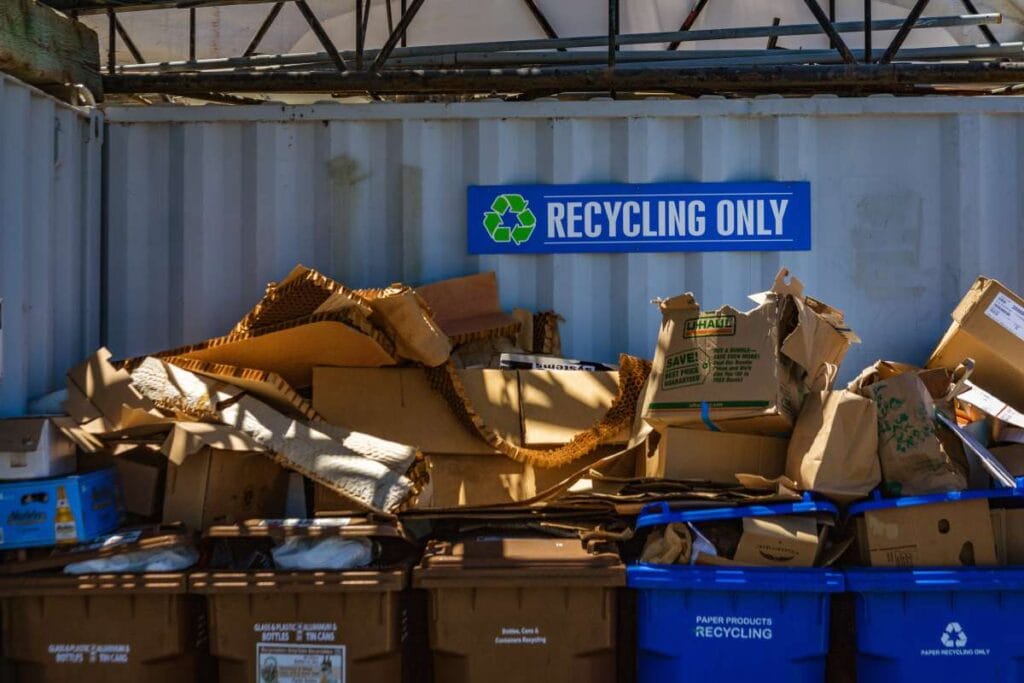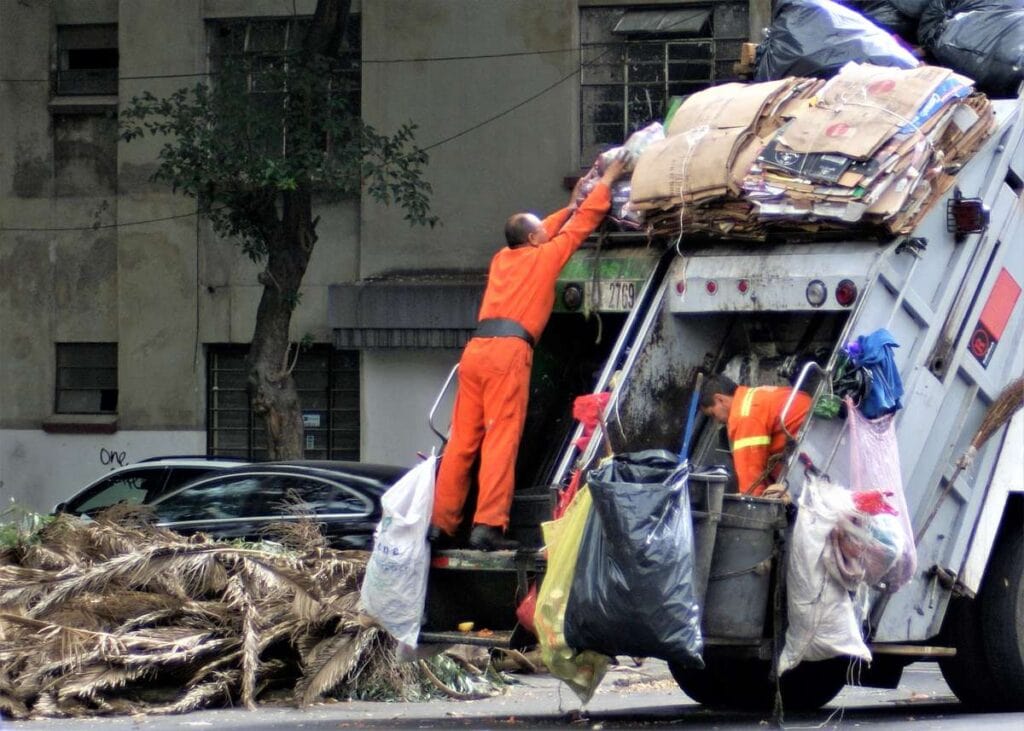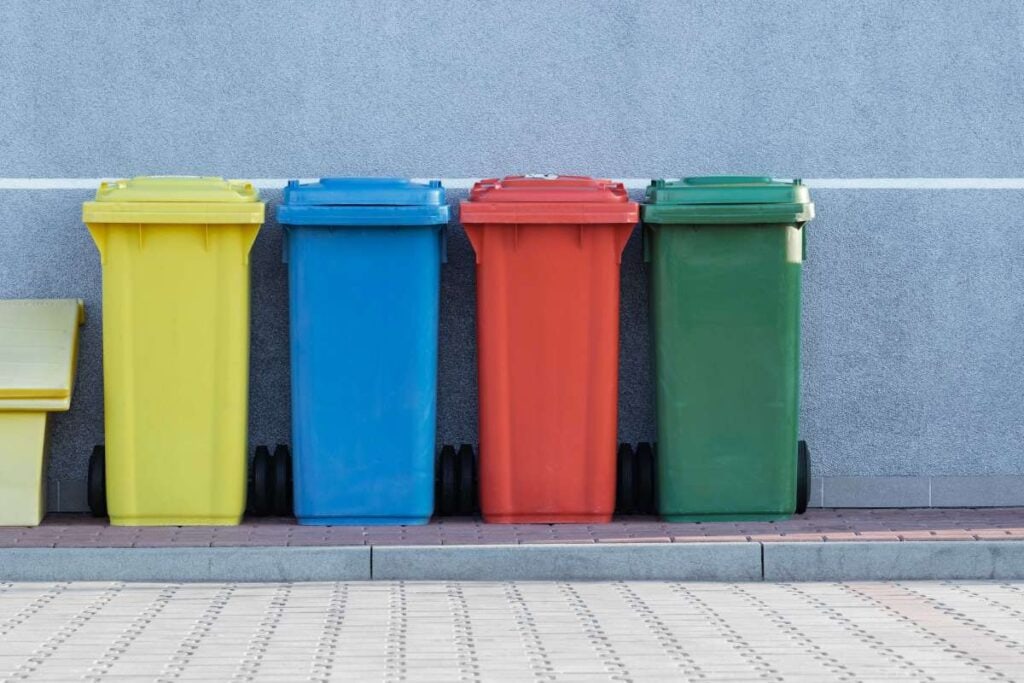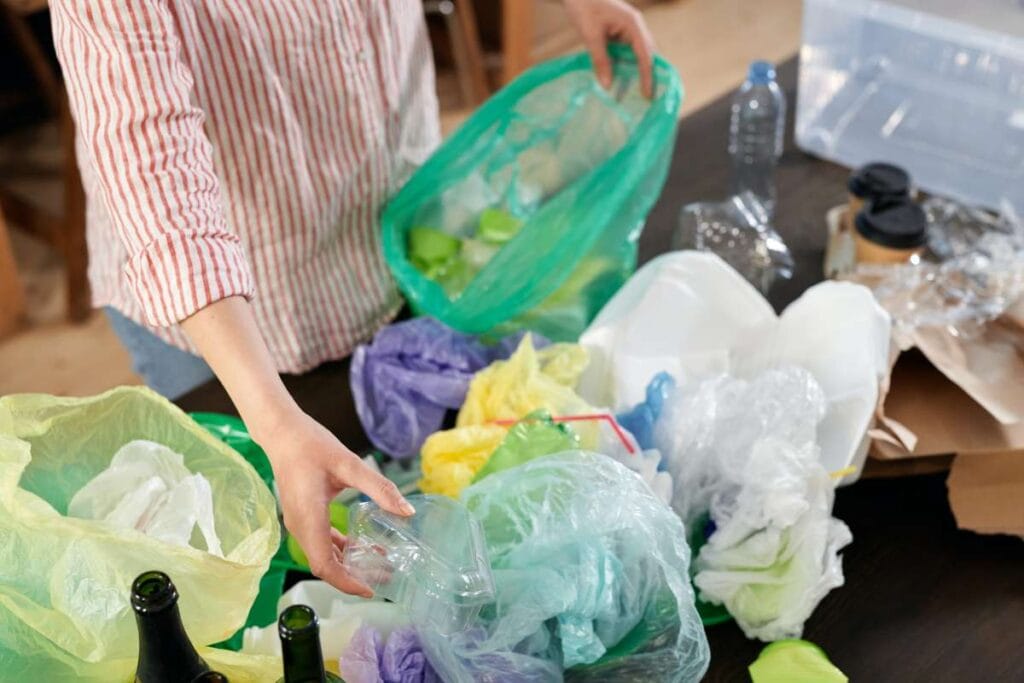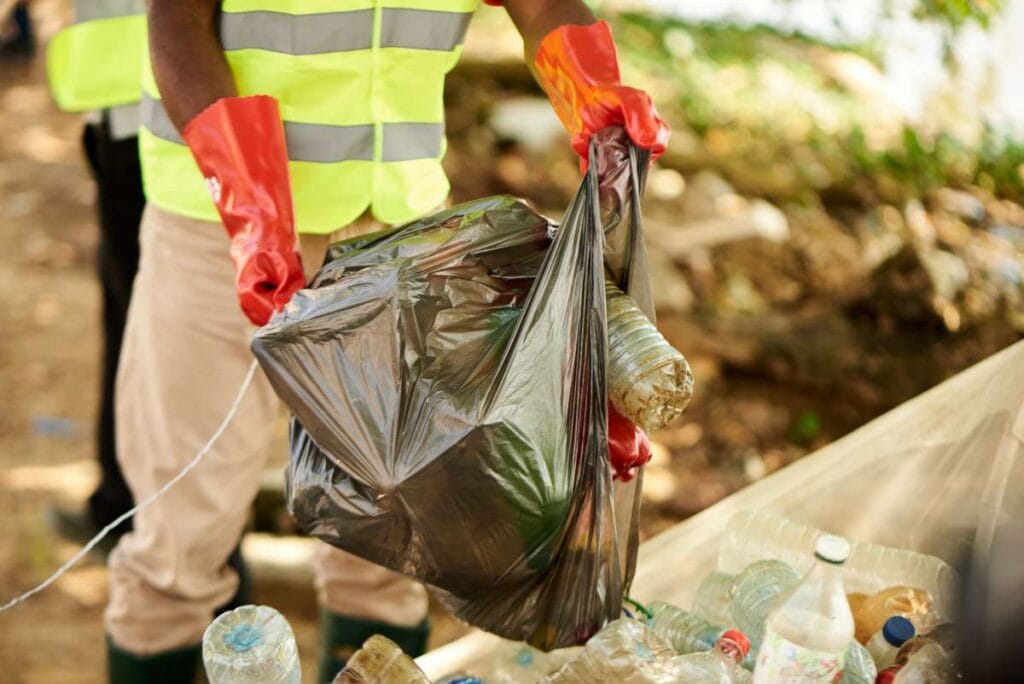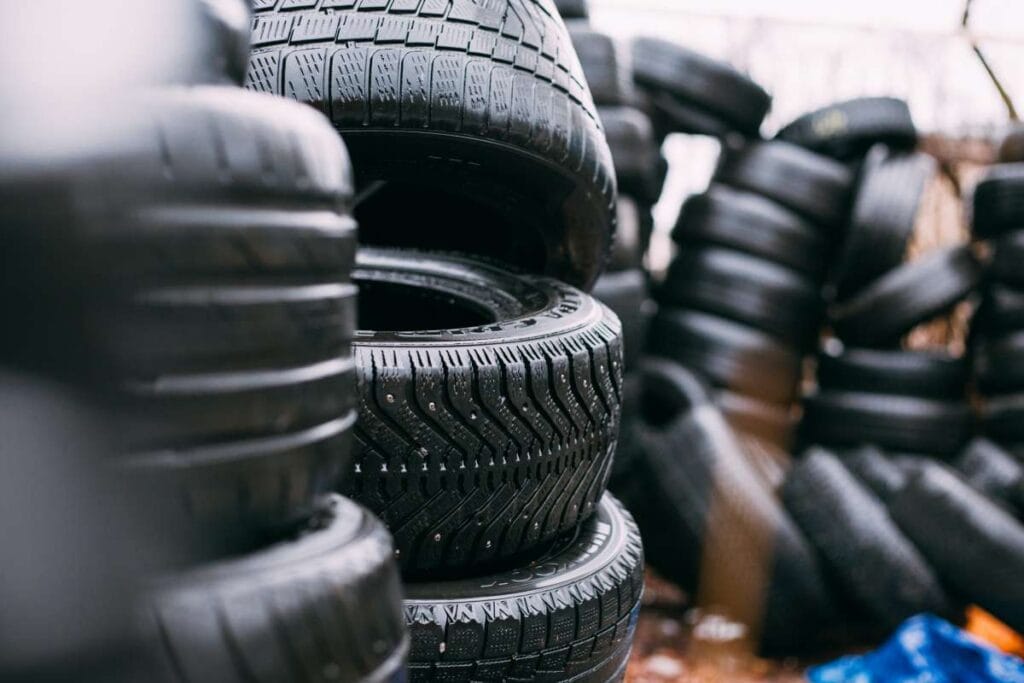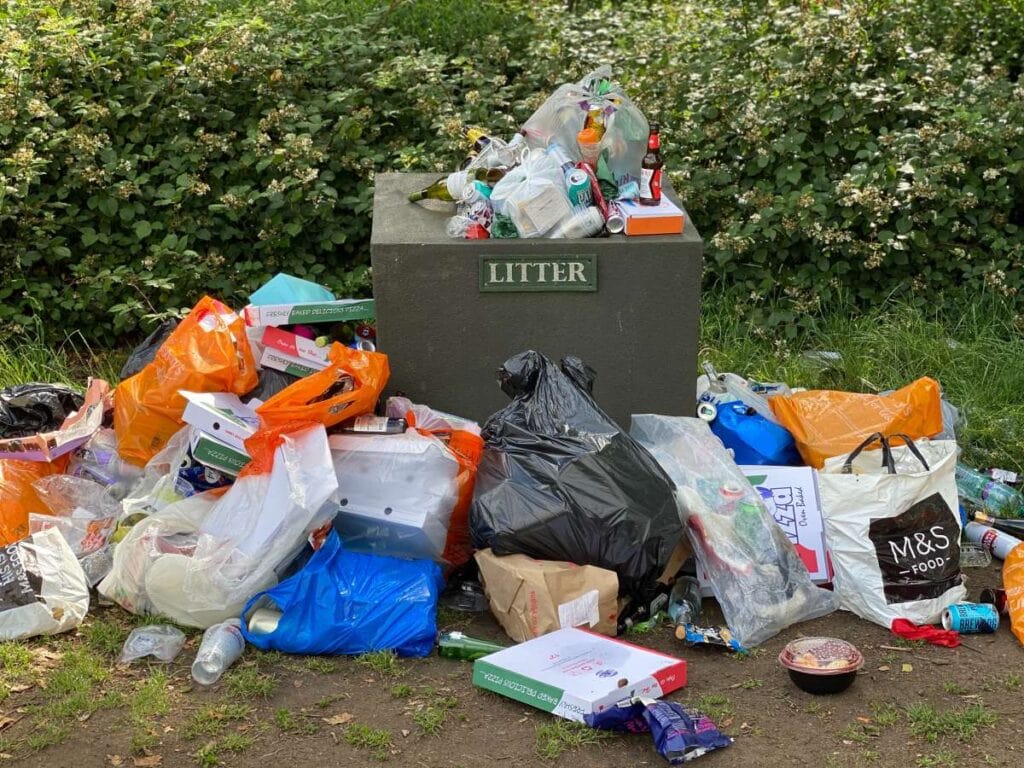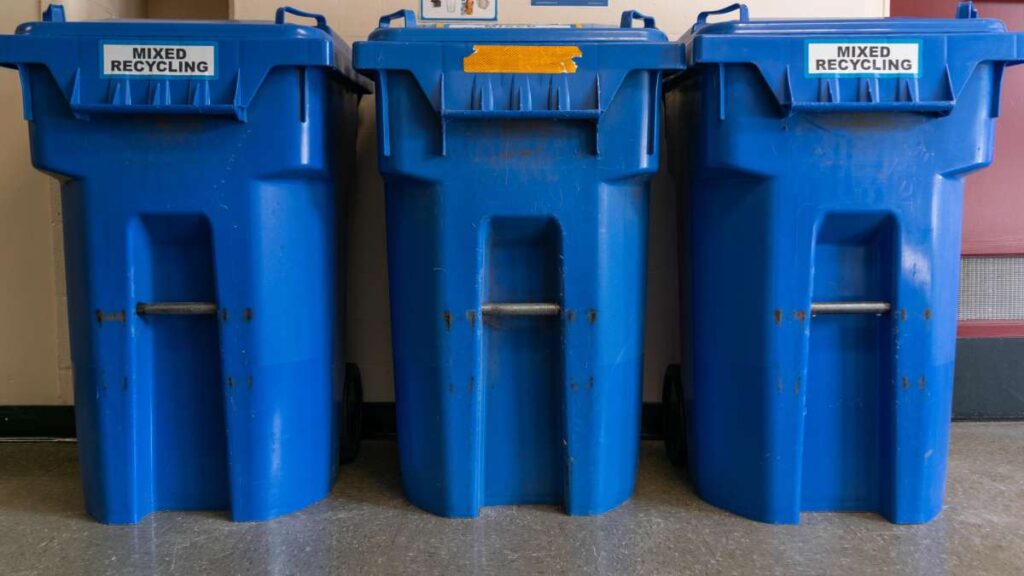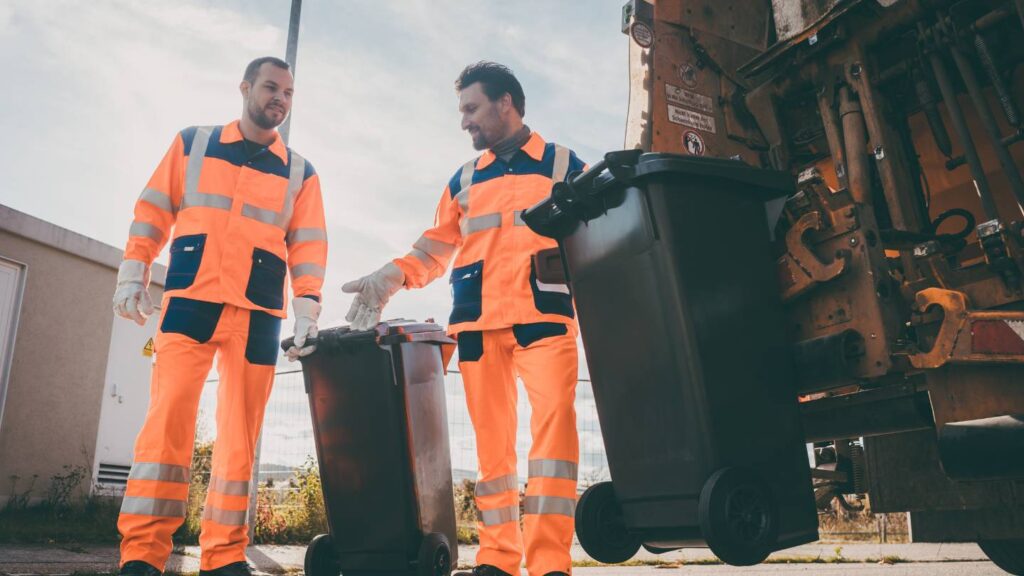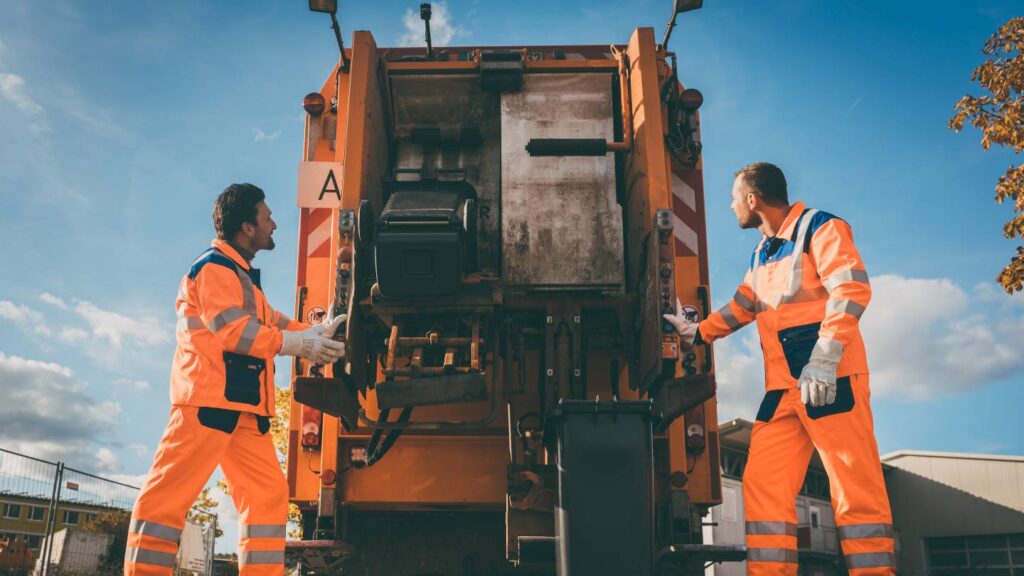Everyone has been there: they take stock of their home and see how much junk has gathered over the years, and then there's the pain of having to clear out the trash.
The dust settled into the corner among the dismantled fan, the ancient mattress leaning against the wall, and the stack of boxes containing an assortment of unknown items. After a while, the amount of trash in your home will make you feel claustrophobic and crowded.
However, disposing of domestic trash can be complicated. The cost of hiring movers or renting a skip bin can quickly add up. On top of that, who can plan a garage sale or council cleanup? Usually, the reason the trash keeps piling up is because we are still determining how to begin.
However, others can relate. Many households often find themselves dealing with the issue of trash removal. The bright side is that there are ways to get rid of all that mess. You can tackle the removal independently with little preparation and effort and then relax in a clutter-free environment.
The Difficulties Involved In Dealing With The Gathering Of Rubbish
The sense of having to clear out the trash can after staring around the house in dismay at the accumulation of useless items is something that everyone can relate to. In one corner, dust settled on the broken fan; against the wall rested the old mattress, and a stack of boxes had an assortment of unknown contents. Garbage quickly becomes an invasive presence in any given area.
However, there are times when it takes more work to dispose of domestic waste. It may get pricey if you hire professional movers or rent skip containers. Who also has the time to plan a garage sale or council cleanup? The most common reason trash accumulates is that we are still determining how to begin.
Rest assured, you have company. Many homeowners have the common challenge of dealing with trash removal. There are ways to get rid of the mess, which is great news. A decluttered area is within your reach with little preparation and effort in DIY removal.
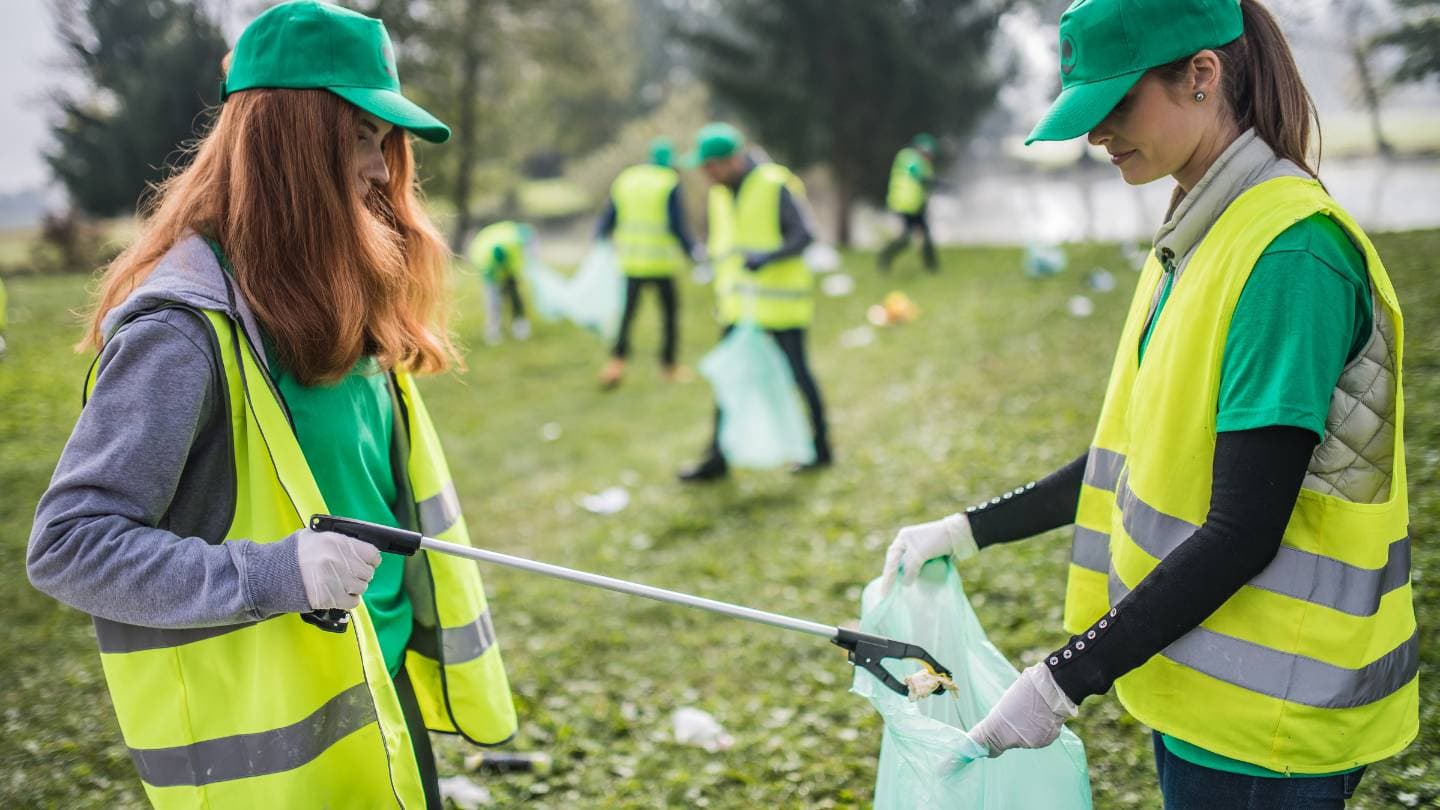
Perks of Do-It-Yourself Rubbish Removal
There are several benefits to handling removal on your own:
Saves Money
Doing it yourself saves money compared to hiring a trash removal service or renting a skip.
Convenience
Please get rid of clutter whenever it suits you, without coordinating with outside help.
Sense Of Accomplishment
After claiming your space, you'll feel empowered and ready to take on the world.
Customisable
Devise a removal strategy that fits your requirements and available time.
If you're willing to do the physical work, it might be a cost-effective approach to clear away unwanted items.
Advice for Do-It-Yourself Rubbish Removal
Methods for the Secure Disposal of Dangerous Domestic Waste
Need some trash hauled away?
You may take care of your trash removal with little preparation and work.
You can save money by removing your trash, but it will take time and energy.
You may accomplish a great job of junk removal on your own if you follow these guidelines from professional junk removal services.
Organise and Sort
Set aside some time to arrange and organise your belongings before you start hauling them to the vehicle and trailer. Put ordinary trash, recyclables, and dangerous items in separate containers. Because different locations often have designated areas for different kinds of trash, this makes your journey to the final disposal site much simpler.
Sort all kitchen items into heaps according to their intended destination: give trash, sell, recycle, etc. Because of this, the procedure seems manageable. When you learn that things can be reused or recycled, a sense of accomplishment might be yours.
Load Carefully
Before loading the vehicle or trailer, be sure the weight is distributed evenly. Anything heavier should be positioned close to or over the axles. Use straps to fasten the load so it doesn't fall off while transported. Verify that there is nothing protruding that could cause an accident.
Protect Yourself
Protect yourself with closed-toe shoes, gloves, and goggles. Long sleeves and pants are recommended.
When dealing with garbage, you never know what kind of sharp objects or toxic chemicals you might encounter.
Lift Safely
Move heavy stuff carefully so you don't hurt yourself. Lift with your legs rather than your back. When dealing with bulky or uncomfortable objects, enlist the aid of a friend. To lessen the physical strain, you might employ hand trucks and dollies.
Safely Load Your Car
Be careful not to put too much weight on the truck or trailer. Excessive weight makes handling more challenging and risky. For maximum allowable weights, consult the product's documentation. Distribute the weight evenly and fasten it correctly.
Check Regulations
Regarding garbage, most municipalities have regulations about what may and cannot be disposed of in landfills. Some materials, such as tyres or concrete, have quantity restrictions. Before using the facility, ensure you are familiar with its policies.
Have Proper Paperwork
Particularly for commercial loads, several disposal sites demand proof of garbage. Be prepared to prevent any hassles by having all of the required papers, such as tip cards issued by the council or building waste receipts, on hand when you arrive.
Get Ready to Pay and Sort
At most landfills, you'll be asked to sort your trash into specific bins before you leave. Be prepared to pay the necessary dumping fees for each sort of garbage, as these rates are typically based on material type and volume.
Secure Waste Properly
Securing trash while in transit can help reduce littering. Keep anything in containers or tarps that are tied down. Before driving to the disposal location, ensure that nothing can burst. Make sure nothing falls out by being cautious when unloading.
Clean Up Properly
After you've unloaded all of your trash, be careful not to leave anything behind at the dump. If your trailer or truck has dropped a large amount of trash, you should do one last sweep to get it all. Clean up after yourself.
Make Appointments and Recruit Assistants
Make sure you give yourself plenty of time to tackle the mess. When transferring heavy or awkward objects, having someone else to help out is invaluable. Gather your pals around the pizza and drinks.
Have The Right Supplies and Tools
Boxes, furniture dollies, trash bags, and dragging straps should be gathered beforehand. This ensures that the removal process goes smoothly and without any hassle.
Break Down Large Items
To make heavy furniture and appliances more manageable, disassemble them. Take table legs off, cabinet doors off, etc.
Protect Your Home and Yourself
Wear gloves, closed-toe shoes, a dust mask, etc. Before moving anything, ensure a clear passage through the house. Stay safe and avoid any harm that may come your way.
Approaches to Disposal of Waste for Various Products
Furniture
Unneeded furniture such as old sofas, mattresses, workstations, and the like can be space-hogging. A few ways to get rid of them are these:
- Post for free on sites like Facebook Marketplace, Craigslist, and more. A large number of individuals will arrive and remove it for further processing.
- Give useable furniture to thrift stores or organisations that can take it, such as Vinnies or the Salvation Army.
- Reduce the objects' size so they can be placed in huge trash cans or council cleanup piles.
- Transport bulky pieces of furniture to the dump using a trailer or pickup truck (usually for a fee).
White Goods
Washing machines, refrigerators, and others need special handling. Recommended methods include:
- Contact them to determine if the manufacturer will take old appliances for recycling.
- Find white goods recycling events hosted by your local council or neighbourhood.
- Before putting them on the curb for collection by the council, remove any doors or potentially dangerous elements.
- Get some old appliances picked up by junkyards for scrap.
Green Waste
The following methods are acceptable for the disposal of organic waste:
- Waste collection bins for the council's environmentally conscious constituents.
- Programmes for composting in communities.
- Local landfills take organic materials for a fee.
- A composting system for the backyard.
Construction And Demolition Waste
The following are some options for disposing of construction debris: tiles, wood, drywall, etc.
- You'll need to rent a skip bin if you're hiring a junk haulier or professional movers.
- For smaller loads, a truck or trailer can be used to transport them to the dump.
- Get it hauled away by scrap collectors by posting it on Craigslist or Facebook.
- Check with organisations like Habitat for Humanity to see whether they offer recycling services.
Hazardous Waste
Normal trash cans aren't big enough to hold hazardous materials like old paint, batteries, chemicals, etc. Properly get rid of them by doing the following:
- Days for the disposal of hazardous materials by the council.
- Enduring hazardous waste recycling centres for homes.
- Return programmes for chemicals, CFL lights, and batteries run by retailers.
Expert Advice for Efficient Garbage Disposal
For easy trash removal, remember these tips:
Lift Safely
Collect assistance in transporting bulky items. Use your legs instead of your back when lifting.
Pack Trucks Tightly
Make the most of the available space and keep objects from spilling out.
Cover Loaded Vehicles
Secure a tarp to collect any loose household trash.
Watch Speed Bumps
When towing a big load, take extra care when driving over bumps.
Make Disposal Trips Separately From Other Errands
Be very cautious when driving over bumps when you are towing heavy cargo.
Precautions to Take When Do-It-Yourself Rubbish Removal
Protective Gear Is Key
Imagine yourself as a trash warrior as you take on the task of trash removal on your own. The first line of defence is to arm yourself with the proper protective gear. Protect your hands from sharp objects in the trash with sturdy gloves, and keep dust and other airborne pollutants out of your face with a properly fitting mask.
Sort Before You Start
Your ticket to efficient rubbish disposal in the enormous waste terrain is a strategic sorting system. Separate your trash into recyclables and non-recyclables before you begin sorting.
Be Mindful Of Local Regulations
Responsible trash collection requires navigating the garbage disposal rules, which may appear difficult at first. Each community member is expected to contribute to keeping the environment clean and safe by following the waste management requirements set out by their local government.
Read these rules and regulations carefully before you start your do-it-yourself project. Make sure your efforts align with the larger goals of responsible trash disposal by studying the regulations, which include collection dates and restrictions on certain commodities.
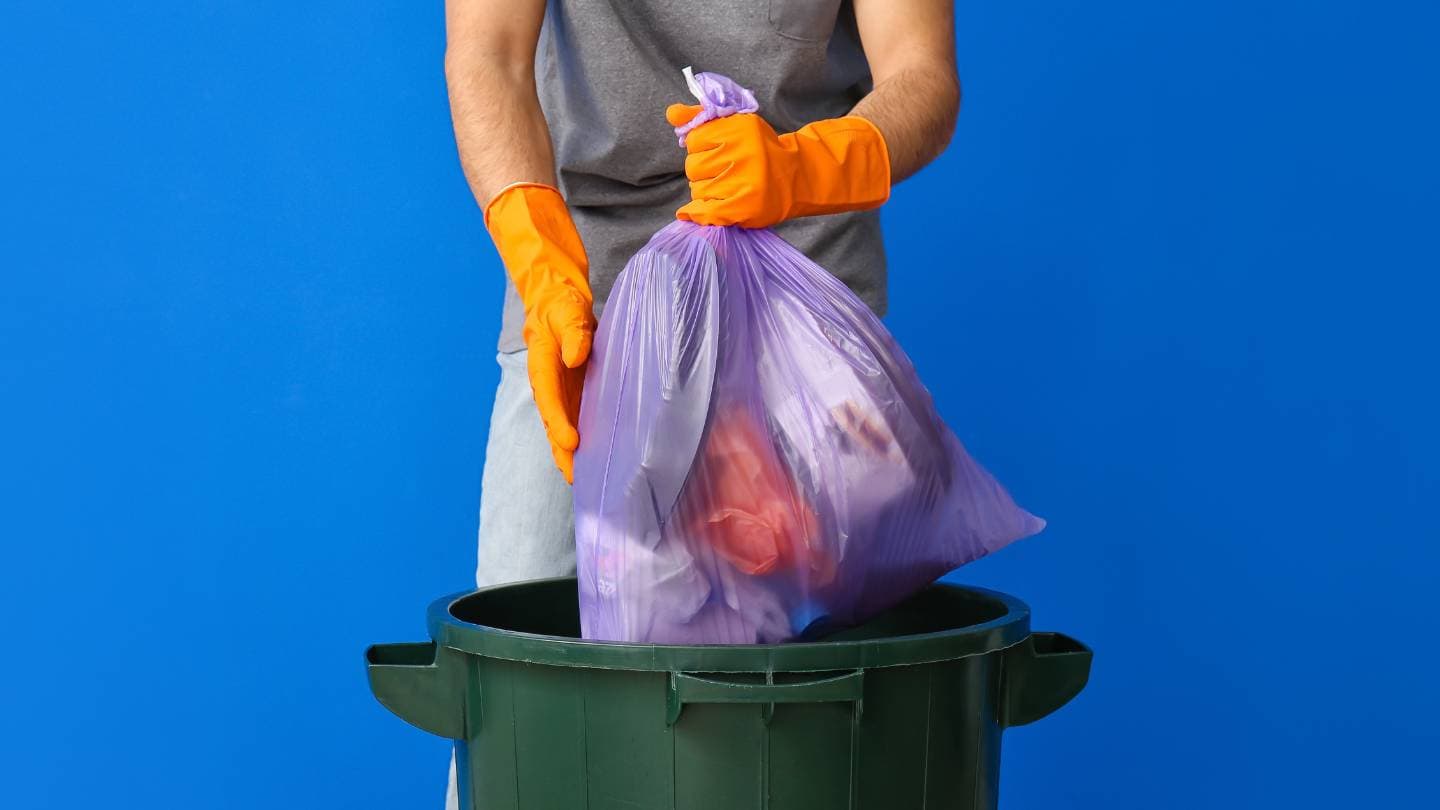
Proper Disposal Of Hazardous Waste
While most do-it-yourself trash ends up in the trash, a few things need extra care when you throw them out. Because it cares about the environment, it has specific locations where people can dispose of hazardous garbage. Things like paint, batteries, and electrical devices fall within this category.
In addition to helping the city meet its regulatory obligations, the correct disposal of these materials would reduce the negative effects of hazardous waste on the environment. Your extra effort to responsibly dispose of these products helps preserve ecological equilibrium.
Emergency First Aid Kit
Mishaps happen when you do it yourself, including when you remove trash. To complete the cleanup task safely and efficiently in the ever-changing environment, it is essential to be ready to deal with minor injuries.
Carrying a simple first aid kit with bandages, disinfectant wipes, and pain medicines can be incredibly helpful in minor injuries or accidents. You may continue your trash collection activity with assurance and few interruptions if you have this kit on hand so you can quickly treat minor injuries.
Stay Hydrated
The garbage landscape is just as variable as the weather. Staying hydrated is essential for a safe trash collection assignment, whether working in unexpectedly hot weather or navigating through rain-soaked streets.
Your ability to concentrate and stay energetic can be impaired if you're dehydrated, which could put your do-it-yourself projects at risk. Bring a water bottle and stop often to stay hydrated while you're out trash-clearing.
Conclusion
Many homeowners struggle with the challenge of disposing of their home's clutter. However, there are ways to tackle the task independently with little preparation and effort. Do-It-Yourself rubbish removal offers several benefits, including saving money, convenience, a sense of accomplishment, and customization.
To handle the process, follow these guidelines from professional junk removal services: organize and sort, load the vehicle or trailer carefully, protect yourself with closed-toe shoes, gloves, and goggles, lift safely, load your car safely, check landfill regulations, have proper paperwork, pay and sort, secure waste properly, clean up after unloading, make appointments and recruit assistants, and have the right supplies and tools.
By following these guidelines, you can save money, save time, and create a clutter-free environment. Remember to follow proper guidelines and have the right supplies and tools to ensure a successful and efficient waste removal process.
To properly dispose of waste, gather materials like boxes, furniture dollies, trash bags, and dragging straps. Disassemble heavy furniture and appliances to make them more manageable. Wear protective gear and ensure a clear passage through the house.
Dispose of unneeded furniture, white goods, green waste, construction debris, and hazardous waste. Use waste collection bins, composting programs, local landfills, and a composting system.Expert advice for efficient garbage disposal includes lifting safely, packing trucks tightly, covering loaded vehicles, and making disposal trips separate from other errands.
Protect your hands with sturdy gloves and masks, and sort your trash into recyclables and non-recyclables before starting. Be mindful of local regulations and dispose of hazardous waste properly. Carry an emergency first aid kit for minor injuries and stay hydrated to maintain focus and energy during trash collection.
Content Summary:
- Clearing out trash can be overwhelming and make your home feel crowded
- Hiring professional movers or renting a skip bin can be expensive
- DIY rubbish removal can save money
- DIY rubbish removal allows for convenience and flexibility
- Sorting and organizing your belongings before removal makes the process easier
- Distribute weight evenly and secure the load when loading your vehicle or trailer
- Use proper protective gear, such as closed-toe shoes, gloves, and goggles
- Lift heavy items with your legs, not your back
- Utilize hand trucks and dollies to lessen physical strain
- Familiarize yourself with local regulations and disposal site policies
- Have proper paperwork, such as tip cards or building waste receipts, when disposing of garbage
- Be prepared to pay dumping fees and sort trash into specific bins at the disposal site
- Secure trash properly to prevent littering during transit
- Clean up properly after unloading trash at the disposal site
- Give yourself plenty of time and enlist the help of others when tackling the mess
- Gather necessary supplies and tools, such as boxes, furniture dollies, trash bags, and dragging straps
- Disassemble large items to make them easier to handle
- Wear protective gear and ensure a clear passage through the house when moving items
- Different methods for disposing of furniture, white goods, green waste, construction and demolition waste, and hazardous waste
- Use online platforms or donate to thrift stores to get rid of usable furniture
- Contact manufacturers or participate in recycling events for white goods
- Utilize waste collection bins, composting programs, or local landfills for green waste
- Rent skip bins or transport construction debris to the dump for construction and demolition waste
- Dispose of hazardous waste through council disposal days, recycling centers, or retailer return programs
- Lift safely, pack trucks tightly, cover loaded vehicles, and watch for speed bumps when removing trash
- Use proper protective gear, such as gloves and goggles, during rubbish removal.
Frequently Asked Questions
Renting a dumpster can be a practical option for larger projects. Ensure the dumpster is appropriately sized and follow guidelines for the disposal of different types of waste.
Take electronic waste to designated recycling centres or participate in electronic waste recycling events. Avoid putting electronic items in regular trash bins.
Keep records of the disposed items, especially for large projects. This documentation can be useful for potential recycling efforts and ensures accountability.
Yes, involve neighbours or community members to make the project more efficient. They can assist in sorting, lifting heavy items, or providing additional resources.
Hazardous materials like paint should be taken to designated collection points or hazardous waste disposal facilities. Avoid pouring them down drains or disposing of them with regular trash.
